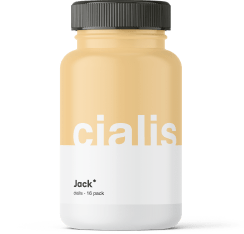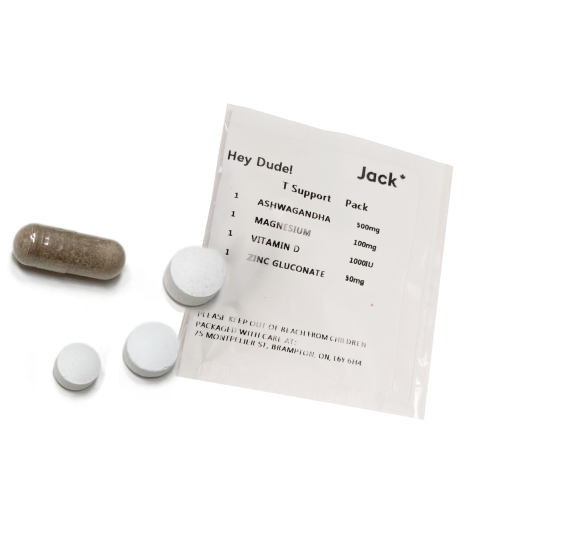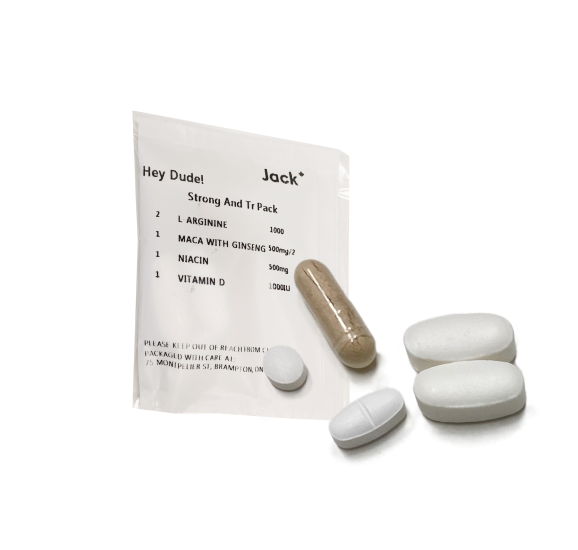Understanding the nuances of testosterone replacement therapy (TRT) can be daunting, especially when exploring alternatives. This guide is designed to understand Clomid, providing essential information.
What is Clomid or Clomiphene Citrate?
Clomiphene Citrate, often referred to as Clomid, is a medication traditionally used to stimulate ovulation in women. However, it has gained attention for its ability to increase testosterone production in men, offering a treatment alternative for those with low testosterone.
Clomid, known scientifically as clomiphene citrate or simply clomiphene, is classified as a selective estrogen receptor modulator (SERM) and requires a doctor’s prescription.
Additionally, healthcare professionals may prescribe Clomid to men suffering from hypogonadism, which is characterized by reduced sperm and testosterone levels. Symptoms associated with low testosterone, such as diminished libido, muscle mass loss, infertility, and depression, can be mitigated with Clomid.
Clomid effectively elevates testosterone levels and improves both the production and motility of sperm. Unlike testosterone replacement therapy (TRT), a significant advantage of using Clomid for treating low testosterone is its non-disruptive effect on sperm production, an essential factor for men aiming to maintain their fertility.
When is Clomid Prescribed?
Doctors may prescribe Clomid for men experiencing infertility, low libido, or other symptoms of low testosterone. It’s particularly considered when preserving fertility is a priority.
If you’re exploring your options for managing low testosterone levels, it’s crucial to understand the entire spectrum of treatments available. For insights on how to get prescribed for TRT, read our comprehensive guide that covers everything from consultation to treatment.
How Does It Work to Raise Testosterone?
Clomid works by stimulating the pituitary gland in the brain to release hormones that trigger the testes to produce testosterone and sperm.
Clomid boosts testosterone by employing a distinctive method of action. It deceives the body into believing that the levels of sex hormones (either estrogen or testosterone) are lower than actual. As a result, the pituitary gland within the brain is stimulated to release an increased amount of follicle-stimulating hormone (FSH) and luteinizing hormone (LH).
This surge in FSH and LH subsequently leads to elevated testosterone levels. Specifically for men, clomiphene aids in enhancing the natural generation of testosterone and sperm within the testes.
Who Can Benefit from Clomid?
Men with hypogonadism, those seeking to maintain fertility, or individuals looking for a treatment with fewer side effects than traditional TRT might benefit from Clomid TRT.
Common Side Effects of Clomid for Men
Clomid is generally well-received, with serious side effects being uncommon. Extensive research has established its safety over long durations. For men, some of the common side effects of Clomid include:
- Mood Changes: A minority (8%) of men undergoing long-term clomiphene therapy have experienced mood alterations.
- Blurry Vision
- Tenderness in the breast tissue
Many men consider Clomid a preferable option to) due to its relatively benign side effect profile. Other options, such as injections, pellets, topical gels, and patches, are associated with a broader spectrum of potential negative outcomes.
If you’re weighing the risks and advantages of clomiphene therapy or wondering if it could be an effective solution, discussing with your healthcare provider is advisable.
Benefits of Clomid
Clomid acts upon the body’s own endocrine system, stimulating the production of testosterone from within. This mechanism of action stands in stark contrast to traditional testosterone replacement therapy (TRT), which involves the direct administration of synthetic testosterone. By encouraging the body to ramp up its natural testosterone synthesis, Clomid offers a more organic and sustainable means of achieving hormonal balance.
Enhancing Natural Testosterone Production
Clomid stimulates the body’s own testosterone production, offering a more natural approach to increasing T levels.
Lower Risk of Side Effects Compared to Traditional TRT
Given its mechanism of action, Clomid tends to have a lower risk of side effects, making it a safer alternative for many patients.
Potential for Improved Fertility in Men
Studies have shown that Clomid can improve fertility in men by enhancing sperm production and quality. Clomid for male infertility causes an increase in FSH and LH secretion. This leads to an increase in both sperm production and testosterone secretion. Men may need to take Clomid for at least 3-4 months to see the optimal effect. It takes 90-108 days from the time a sperm is made until it is ejaculated.
How Long Does It Take Clomiphene Citrate to Start Working?
The duration Clomid requires to restore testosterone levels to normalcy can vary based on the initial deficiency in these levels. After the age of 30, it’s natural for testosterone levels to gradually decrease. A testosterone level below 300 ng/dL in the blood is considered significantly low, a benchmark deemed as a “reasonable cut-off.”
Determining your testosterone levels is the first step in addressing low T. Learn how to easily check your levels from the comfort of your home with a testosterone level test kit.
At such low levels, symptoms might include reduced libido, erectile dysfunction (ED), fatigue, mood swings, difficulty in maintaining muscle mass, and sleep disturbances. Nevertheless, treatment may be considered for individuals with slightly higher testosterone levels if they exhibit symptoms commonly associated with low testosterone.
Typically, the normal testosterone range for young men lies between 600 and 900 ng/dL, whereas for older men, it is between 500 and 800 ng/dL. Therefore, the time it takes for Clomid to adjust levels back to normal hinges on factors such as your age, the severity of testosterone deficiency at the commencement of Clomid therapy, and the dosage prescribed by your healthcare provider.
For instance, a study involving men with testosterone levels below 300 ng/dL reported that after 1–2 months of daily treatment with 25 mg of Clomid, participants’ testosterone levels normalized.
Clomid vs. TRT: What is the Difference?
The main difference lies in approach: Clomid stimulates natural testosterone production, while TRT directly replaces testosterone. While considering your treatment options, it’s also important to factor in the costs involved. Get a detailed overview of what you might expect to spend on testosterone injections cost compared to other treatments.
TRT typically involves administering synthetic testosterone through injections, directly supplementing the body’s deficient testosterone. On the other hand, Clomid, which is taken orally either daily or every other day, boosts testosterone differently by encouraging the body to produce more testosterone naturally.
To put this into perspective, consider the testicles—where testosterone is synthesized—as a factory struggling to meet production demands. TRT bypasses your internal production process, effectively outsourcing testosterone from an external source.
This external supply can lead to the underutilization of your own production facility (the testicles), causing it to shut down due to inactivity. Clomid, however, doesn’t source testosterone externally; instead, it motivates your internal factory to ramp up production by fooling the brain into initiating an increase in testosterone production by the testicles.
This shutdown of internal testosterone production associated with TRT can lead to several side effects, including infertility. This is because when the brain detects high levels of testosterone from TRT, it halts the signals for the testes to produce testosterone and sperm, which could adversely affect male fertility.
Conversely, Clomiphene supports the preservation of male fertility while progressively raising testosterone levels (Wheeler, 2019). Therefore, men with low testosterone who are considering fatherhood might prefer Clomiphene to TRT.
Clomid vs. TRT: Which is Better?
When faced with a diagnosis of low testosterone (low T) and your healthcare provider suggests starting treatment, you might be pondering the best course of action. The question arises: should you opt for testosterone injections, or should you inquire about alternative treatments like clomiphene? This decision will be jointly made by you and your healthcare provider, taking into account your medical history and personal preferences.
An essential consideration in this decision-making process is your future family planning desires. As previously mentioned, conventional testosterone replacement therapy (TRT) can suppress the body’s natural production of testosterone and sperm, potentially leading to fertility problems.
Therefore, if fatherhood is in your plans and you wish to maintain your fertility, discussing with your healthcare provider whether TRT is suitable for you or if an alternative like Clomid might be recommended is crucial.
Side effects are another factor to weigh. Some men may lean towards Clomid over TRT due to its relatively mild side effects. Clomid is generally well-received, with serious side effects being infrequent. Ongoing research has verified Clomid’s safety over the long term.
The most common side effects experienced by men taking Clomid include headaches, mood fluctuations, blurred vision, and occasionally, tender breast tissue.
However, it’s important to note that clomiphene might take longer to alleviate symptoms of low T. Because clomiphene incrementally raises testosterone levels by stimulating the body’s own production, it may require more time to observe an increase in testosterone levels, particularly in cases of severely low T.
Research indicates that clomiphene can normalize testosterone levels after about 1–2 months of treatment, with symptomatic improvements potentially taking longer to manifest. In contrast, studies on TRT for men with symptoms of low T, such as diminished libido and depression, have shown that beneficial effects can be noticed within 3–6 weeks.
If you suspect low T or have concerns about your testosterone levels, it’s advisable to consult with a healthcare provider or undergo a testosterone test to determine if your levels fall within a normal range. Based on your test outcomes, your healthcare provider can assist you in formulating a safe and suitable treatment plan tailored to your needs.
Key Takeaways
- Clomid as an Alternative to TRT: Clomid, or clomiphene citrate, is recognized for its ability to enhance testosterone production in men through stimulating the body’s natural processes, making it a viable alternative to testosterone replacement therapy (TRT) for those with low testosterone levels.
- Mechanism of Action: Clomid operates by inducing the pituitary gland to release more follicle-stimulating hormone (FSH) and luteinizing hormone (LH), which in turn stimulates the testes to produce more testosterone and sperm. This method contrasts with TRT, which directly supplements the body with testosterone, potentially shutting down natural production and affecting fertility.
- Benefits of Clomid: Key advantages include the stimulation of natural testosterone production, a lower risk of side effects compared to TRT, and the potential for improved fertility in men. Clomid is particularly beneficial for men wishing to preserve their fertility.
- Considerations and Side Effects: While Clomid is generally well-tolerated with few serious side effects, it may take longer to see an improvement in testosterone levels and symptoms of low T. Common side effects can include mood changes, blurry vision, and tenderness in the breast tissue.
Frequently Asked Questions
Is Clomid Right for a Good Choice for Low T?
Clomid can be an effective alternative to testosterone replacement therapy for the treatment of low testosterone, and it can have fewer side effects.
What are the Benefits of Clomid Over Injections and Creams?
Clomid works by promoting natural testosterone production in the testicles. Importantly, neither medications shrink your testicles like traditional TRT, preserving fertility.
Does Clomid Work As Well As TRT?
Clomid, a pill taken daily or every other day, uses a different approach to increase testosterone, as it stimulates the body’s own production of testosterone.






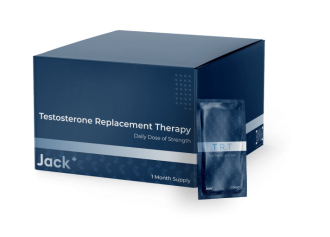








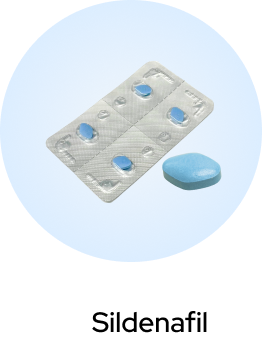
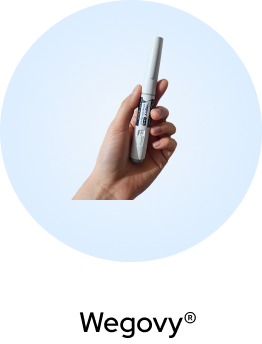
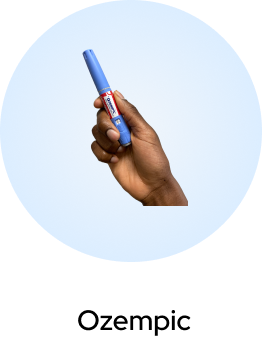


 (US)
(US)